We are all art snobs to some extent, more so when we are in school than as we mature into our craft. What I mean is that we do not often venture outside of the safety of the art walls we build up when we go to an art school for something very specific, like realism. We don’t peek over the fence often enough to appreciate what others are doing in this very small and fragile space we all work and play within, especially for those of us who are looking to champion realism, “to become the greatest Illustrator on the Planet!” (Spoken in a Donald Leroy LaFontaine voice)
If you break down the representational art process, it dips in and out of so many different abstract layers towards a successful completion. Thumbnails are not representational; they are mostly abstract. Color comps are also very abstract, or “heightened” in their shape and color scales to give the artist a firm grasp of what is technically necessary to achieve the final piece.
Studies can fluctuate between representational, mechanical, graphic, volumetric, and abstract. The ebauché (the under-painting), is quite abstract if we take the line work away. It is a light, thin, airy version of the finished painting. The brushwork is not indicative of the plane structure or subtle color nuances that modulate over the forms. Blending is not tightly controlled and rendering is out of the question.
Look beyond the hands and face to see the ebauché layer
Under-paintings of all types are usually grid like, abstract enough that only a vague impression of the subject matter is present.
It makes sense that if we have a hard time with any of these concepts, we look at other artists who might confidently do them, maybe even venture outside of the confines of our comfy niche and peer into other art movements that champion the very thing we are struggling with.
I have learned to do this when I am struggling with a concept that is difficult to capture, like “epic” compositions or establishing shots, sound, smells, and motion. I love the challenge, and I have learned to expand my bubble of influence to other art movements that I never had on my personal radar. I have found remaining open to suggestions from any and all art and art forms usually warrants genuine, tried and true answers that I would otherwise naively stumble through. Id be making mess after mess, and quite possibly never find what I am looking for on my own, just out of the shear frustration of it all.
One of those inspirations I frequently return to when all else seems pointless, is the former Chinese-French abstract painter Chu Teh Chun. His canvases capture so much depth, movement, and feeling with just a few shapes of color and wonderful energetic brush work. Each brushstroke is its own little painting. The way the colors are organized, the shapes he chooses to represent the subject matter, and the fantastic bold brushwork invites the eye to explore and the mind to wander into the fantastic dreamscapes.
He was born October 24, 1920, and passed away in March of 2014. He was a pioneer in Chinese painting, one who embraced Western abstract art with traditional Chinese painting techniques. He studied in China and one of the few from his school to travel to study in France. Chu Teh Chun, along with Wu Guanzhong, and Zao Wou-Ki were nicknamed the “Three Musketeers” of modernist Chinese artists.
Paintings by Wu GuanZhong
Paintings by Zao Wou-Ki
Chu Teh Chun began as a figurative painter, winning awards and rising to success with it, but quickly abandoned it all for the direction you see here. I cannot find any of those canvases. I have several of his books but they only cover his later success as the abstract painter. He was inspired by the Abstract painter Nicolas de Staël. Chu Teh Chun was an instant success with his new found direction.
Paintings by Nicolas de Staël
His paintings hang in over 50 museums world wide. He held a record for the sale of one of his paintings, a diptych that sold for 9.1 million dollars back in 1963, and before that he sold another diptych for 7.7 million. The painting below is hanging in the Shanghai Grand Theater and is one of his biggest canvases he had ever made. Here you can see the scale of it, which we can only appreciate standing before it, or seeing these other images in context to the space it sits within. Otherwise, all of his paintings look like they could be thumbnail size when we view them on the internet.
For concept artists, environment artists, and storyboard artists, these paintings are gold. There is so much visual inspiration in them, capturing a moment in time, faceless, abstract enough to allow each of us a unique experience in our own minds. One canvas could inspire an entire film, several game levels in a video game, an entire book of illustrations.
I can’t get enough of these paintings; they are so rich and dynamic. I am inspired by them in completely different ways every time I look through my image collection. They have fueled so many of my ideas and I hope they continue to do so for a long time to come.
How do you feel when you look at them? Anything at all? What do you see? Where do they take you? What inspires you? Go back and revisit, recharge, escape for a moment and refill the tanks of inspiration. Get back to work rejuvenated.
Doesn’t this one remind you of a Craig Elliot painting? Such beautiful color harmonies!


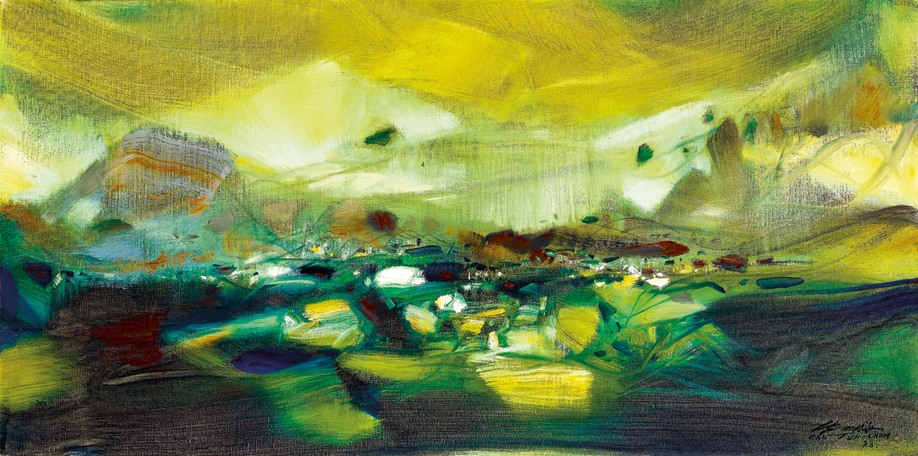
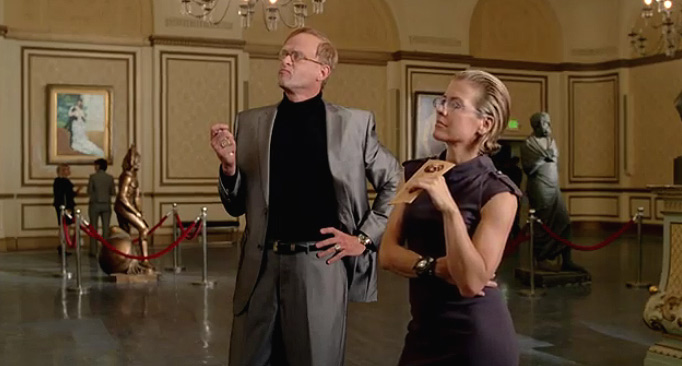
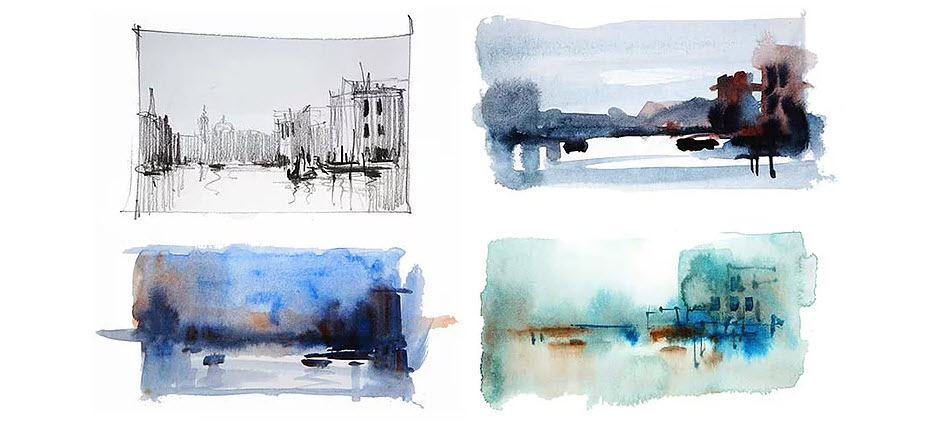
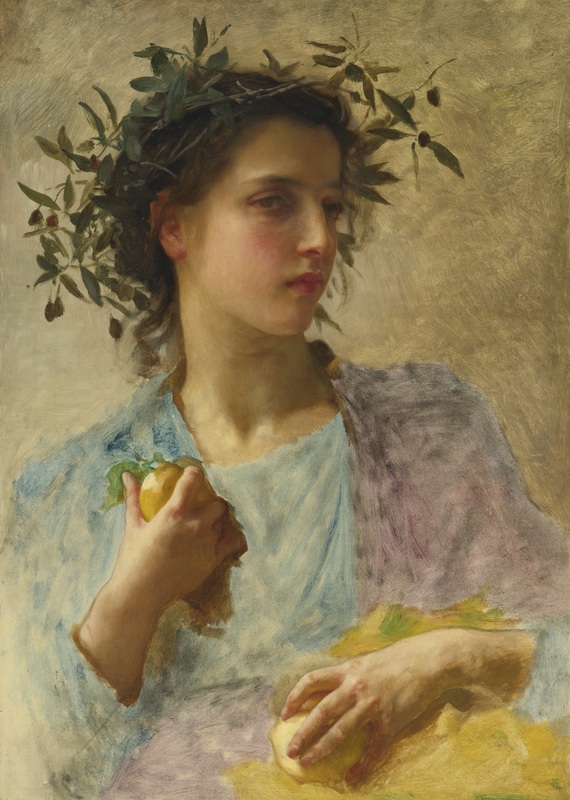
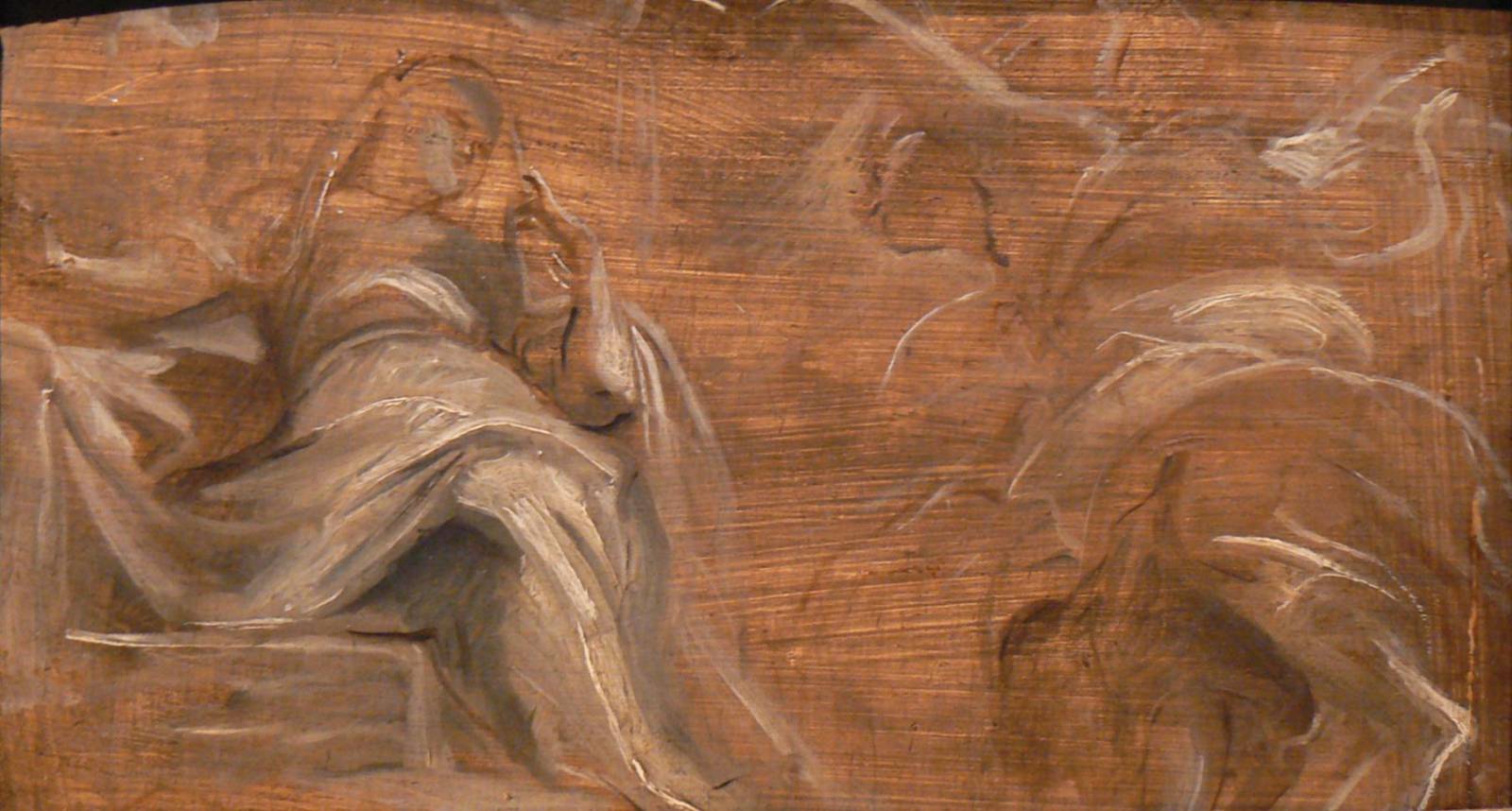

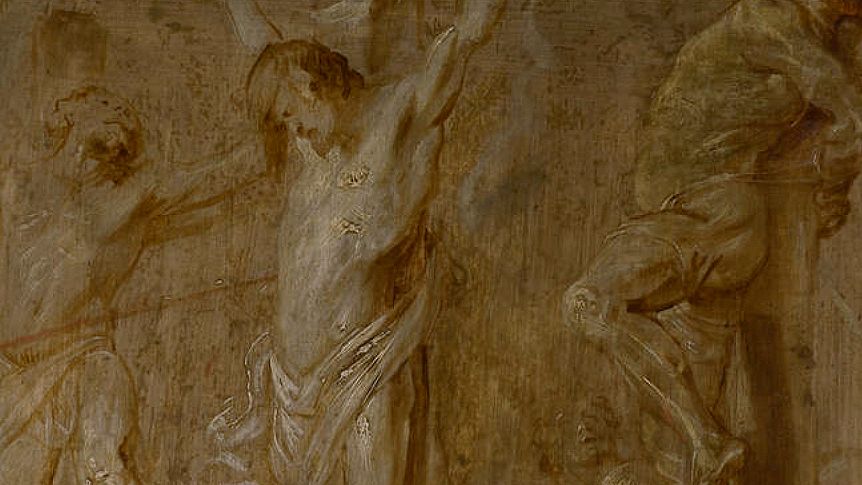
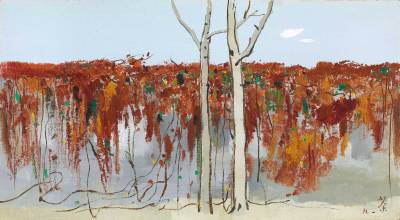

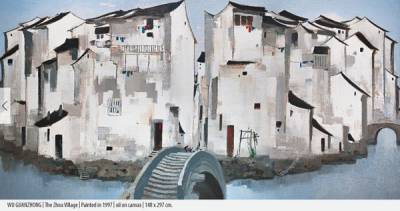
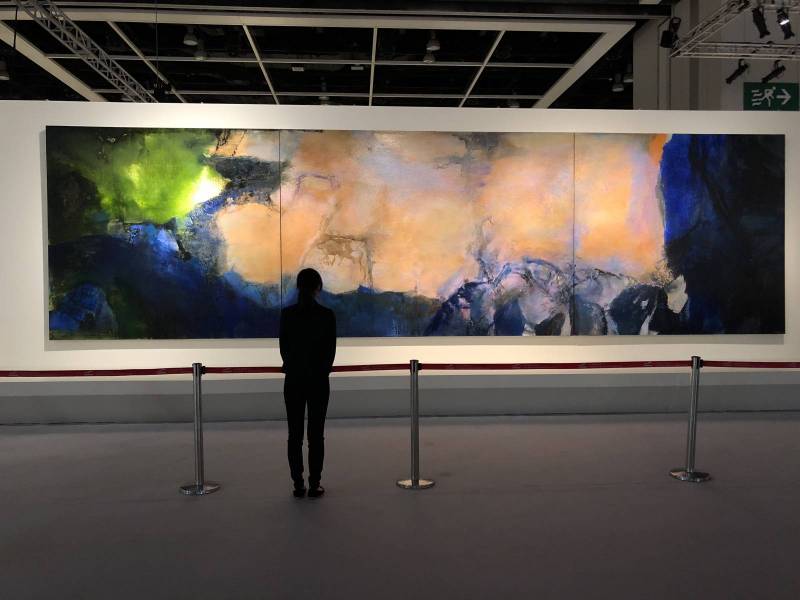

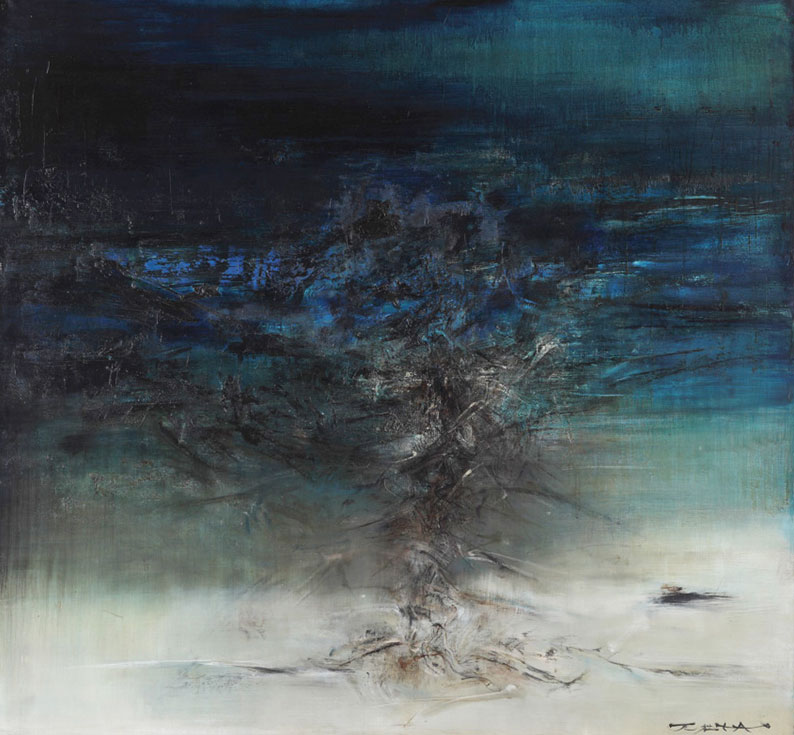
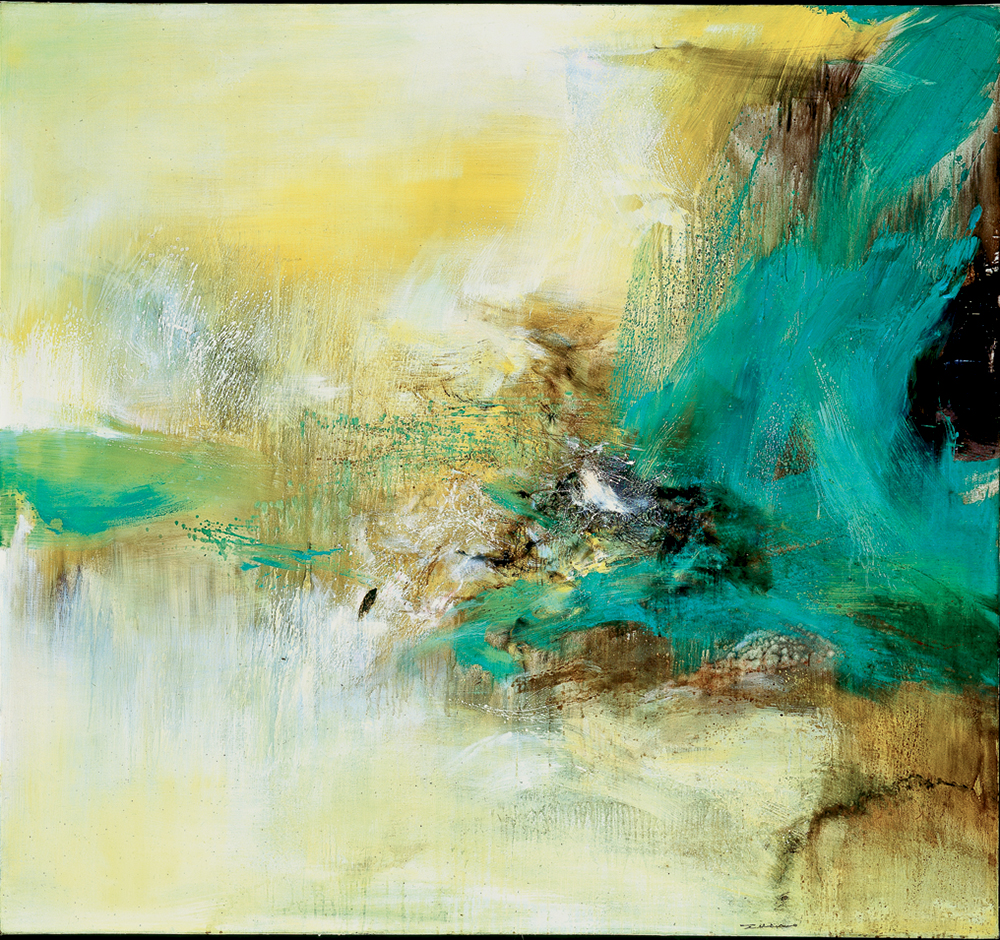
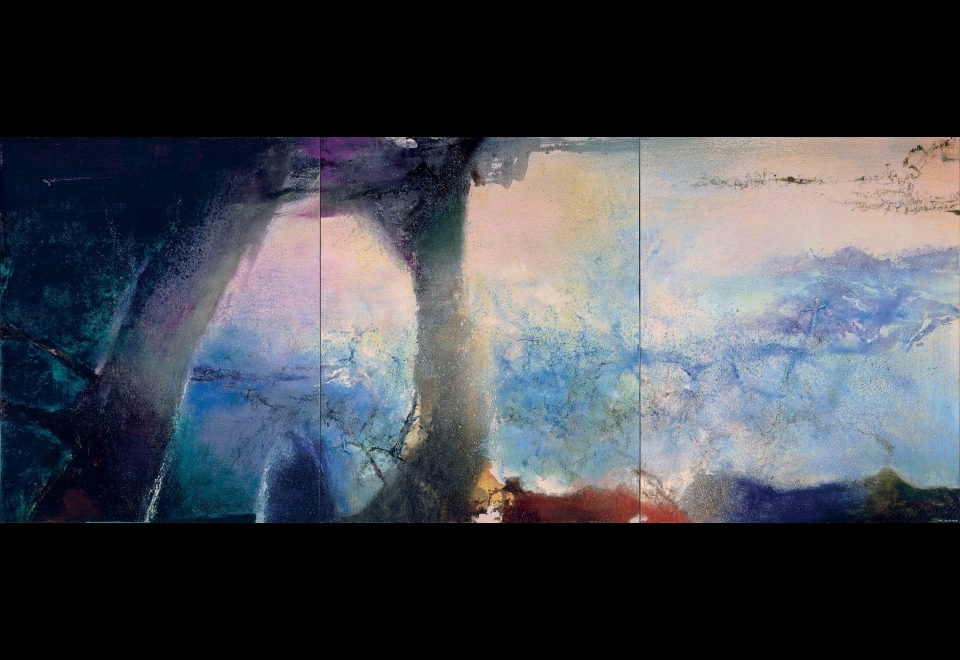
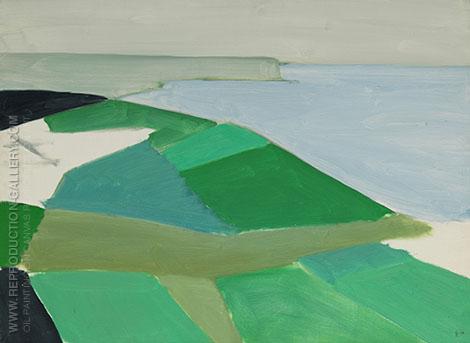
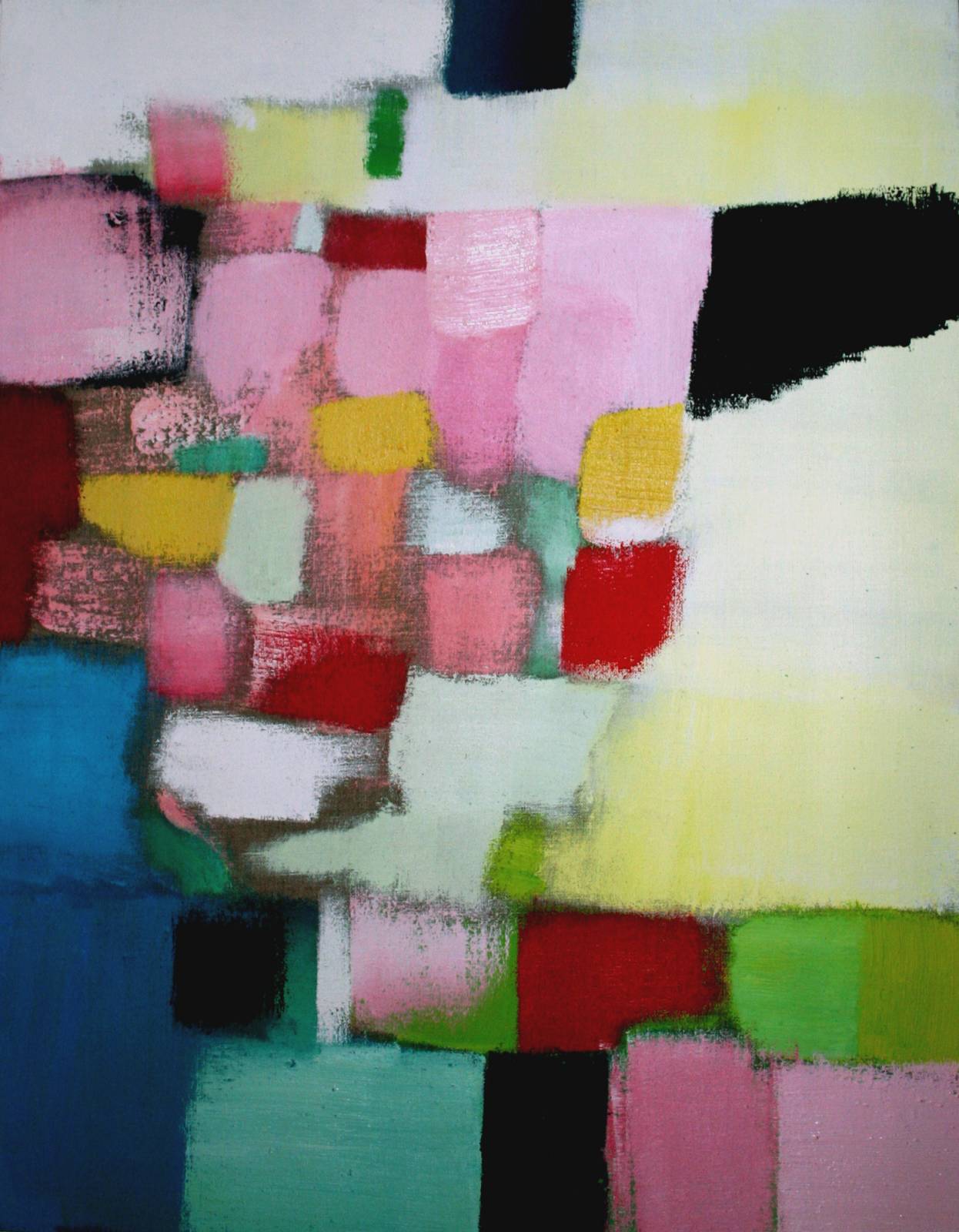
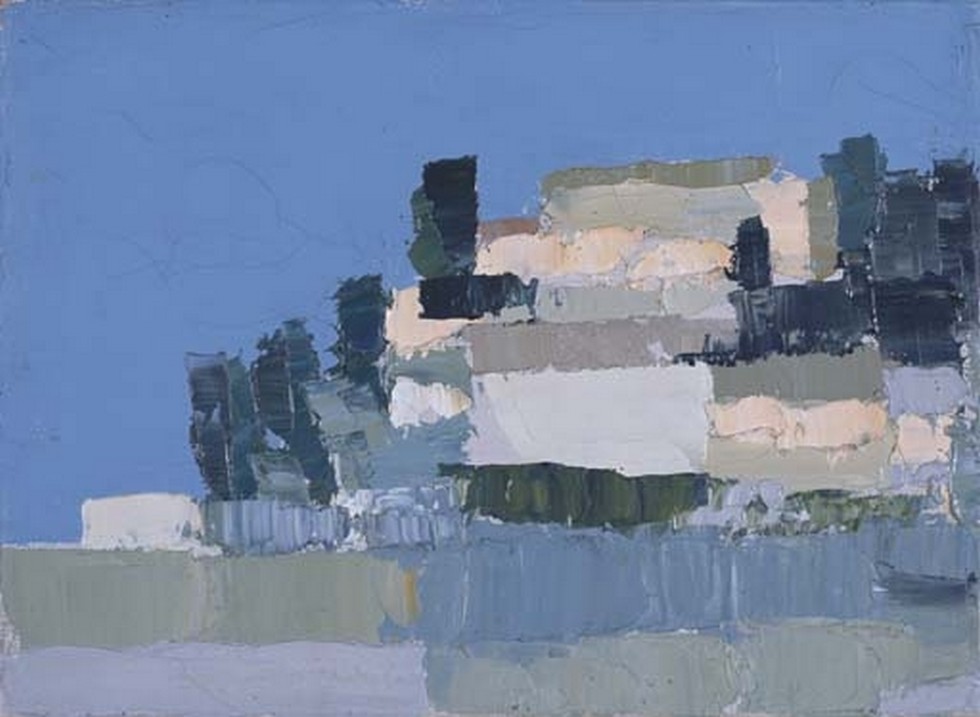
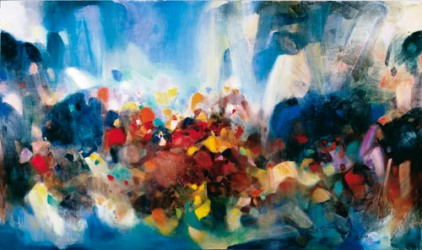
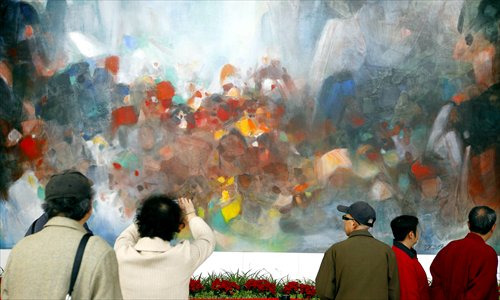
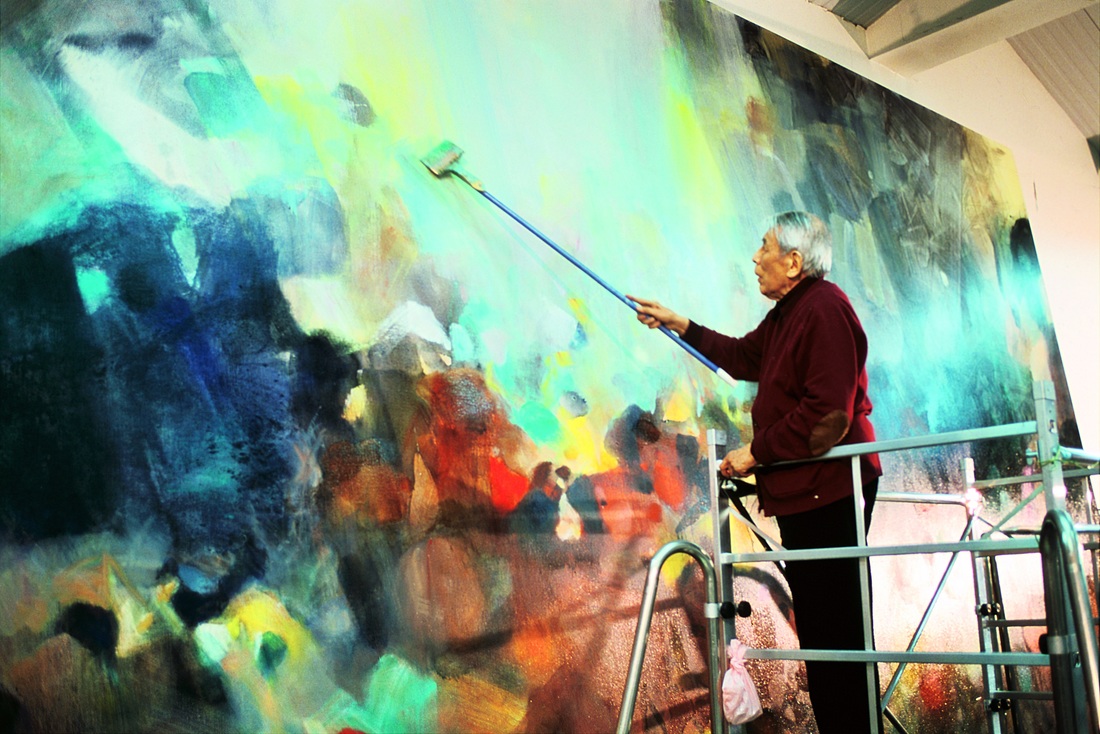
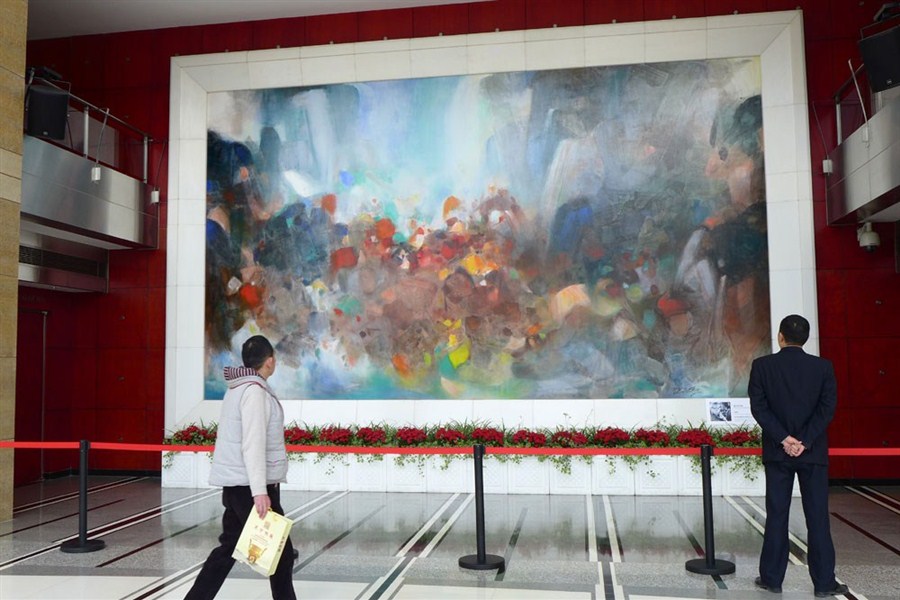

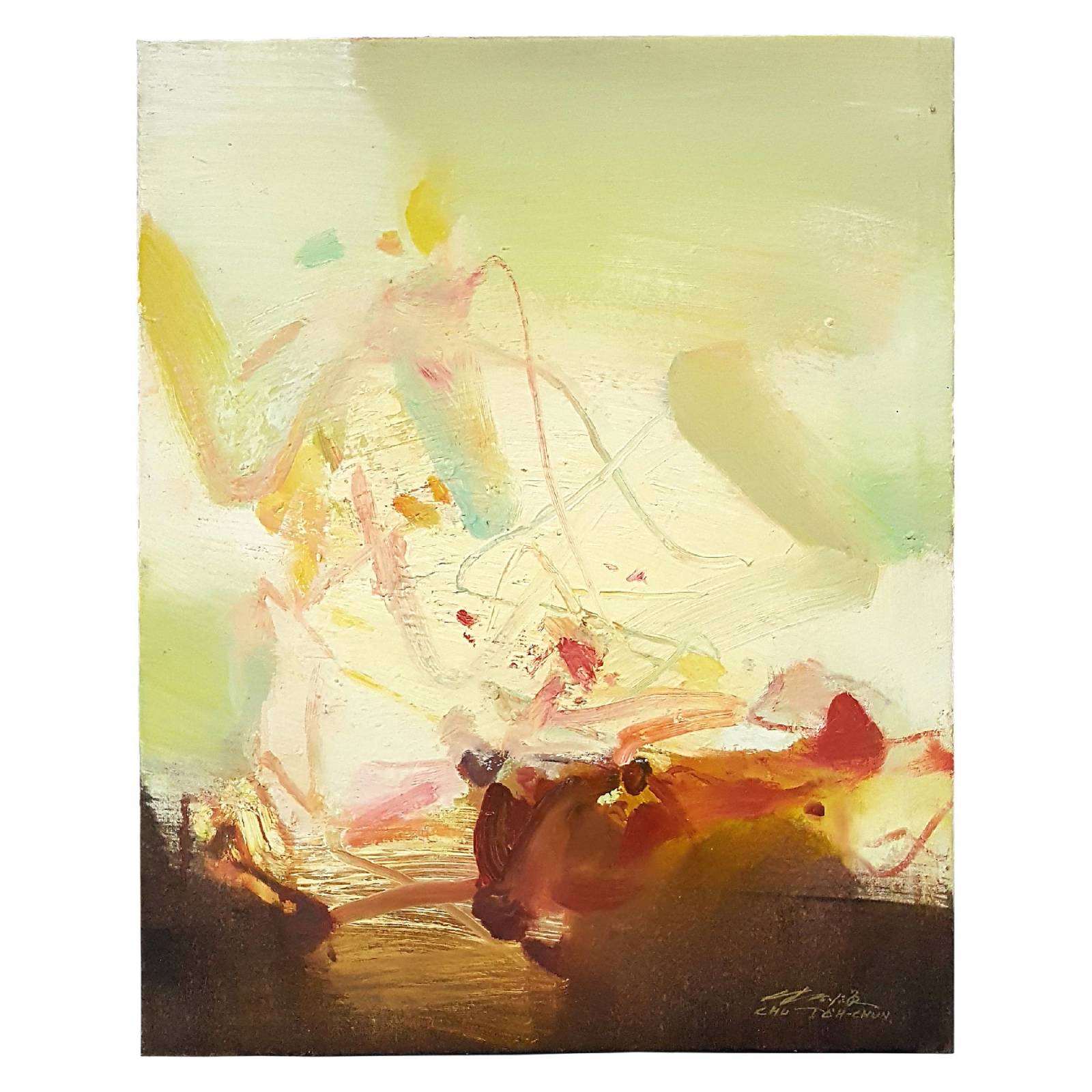
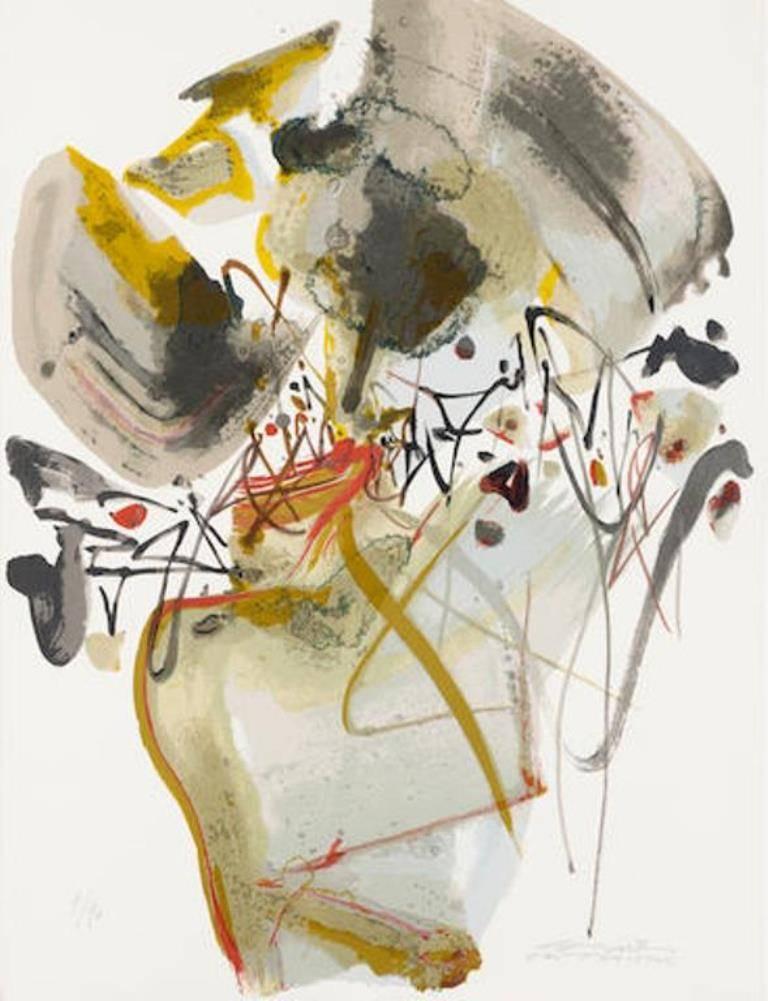
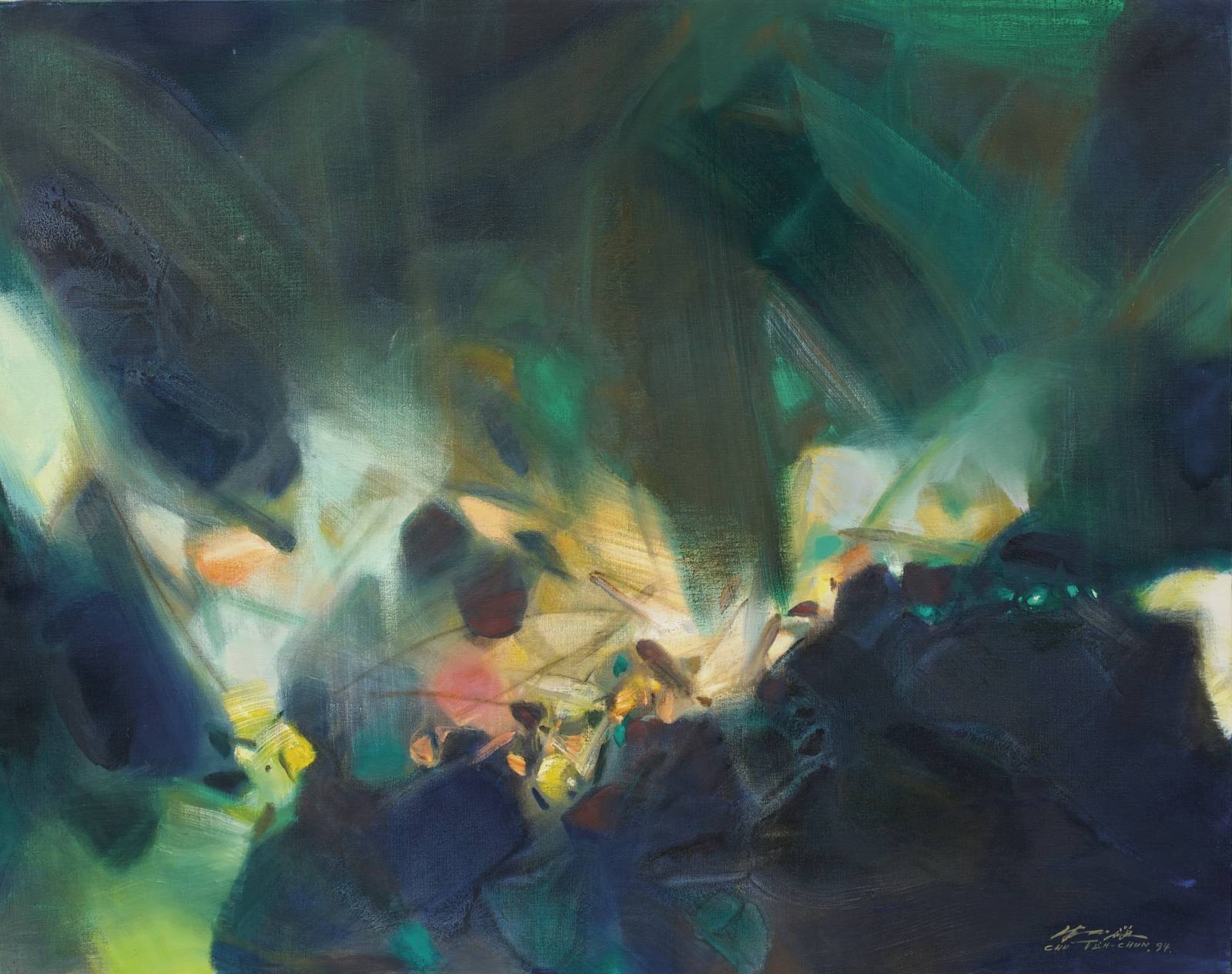


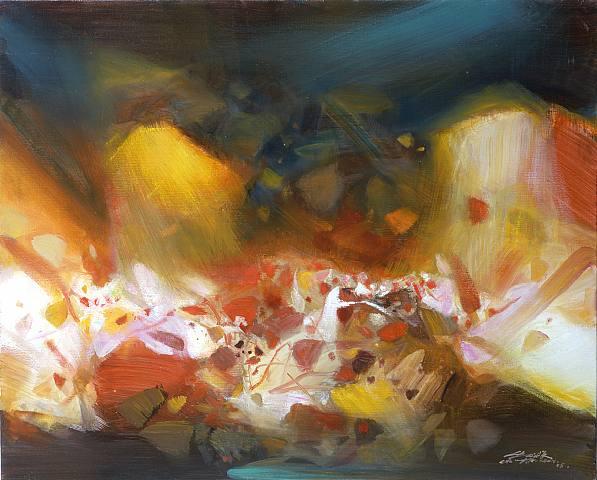
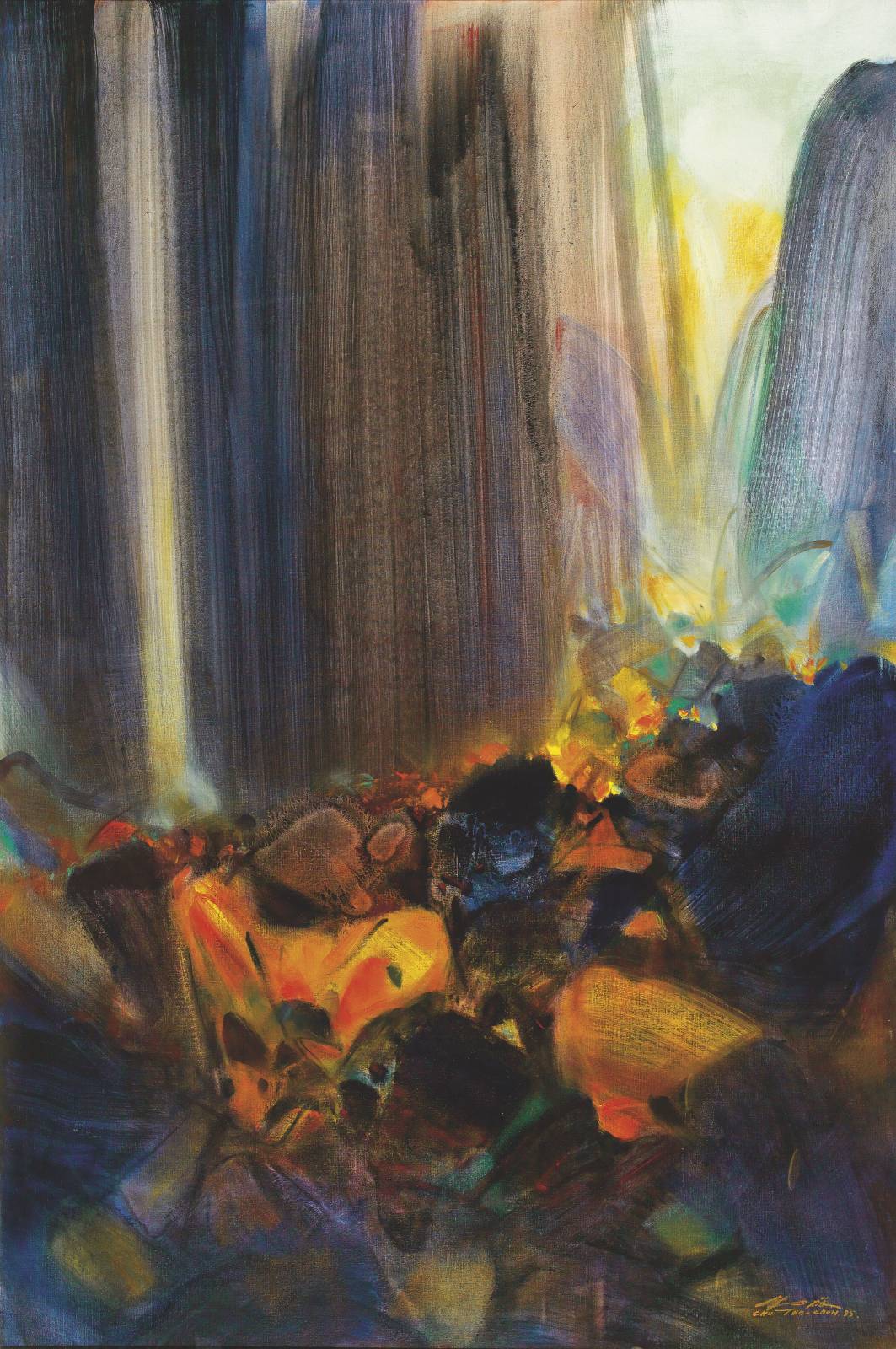

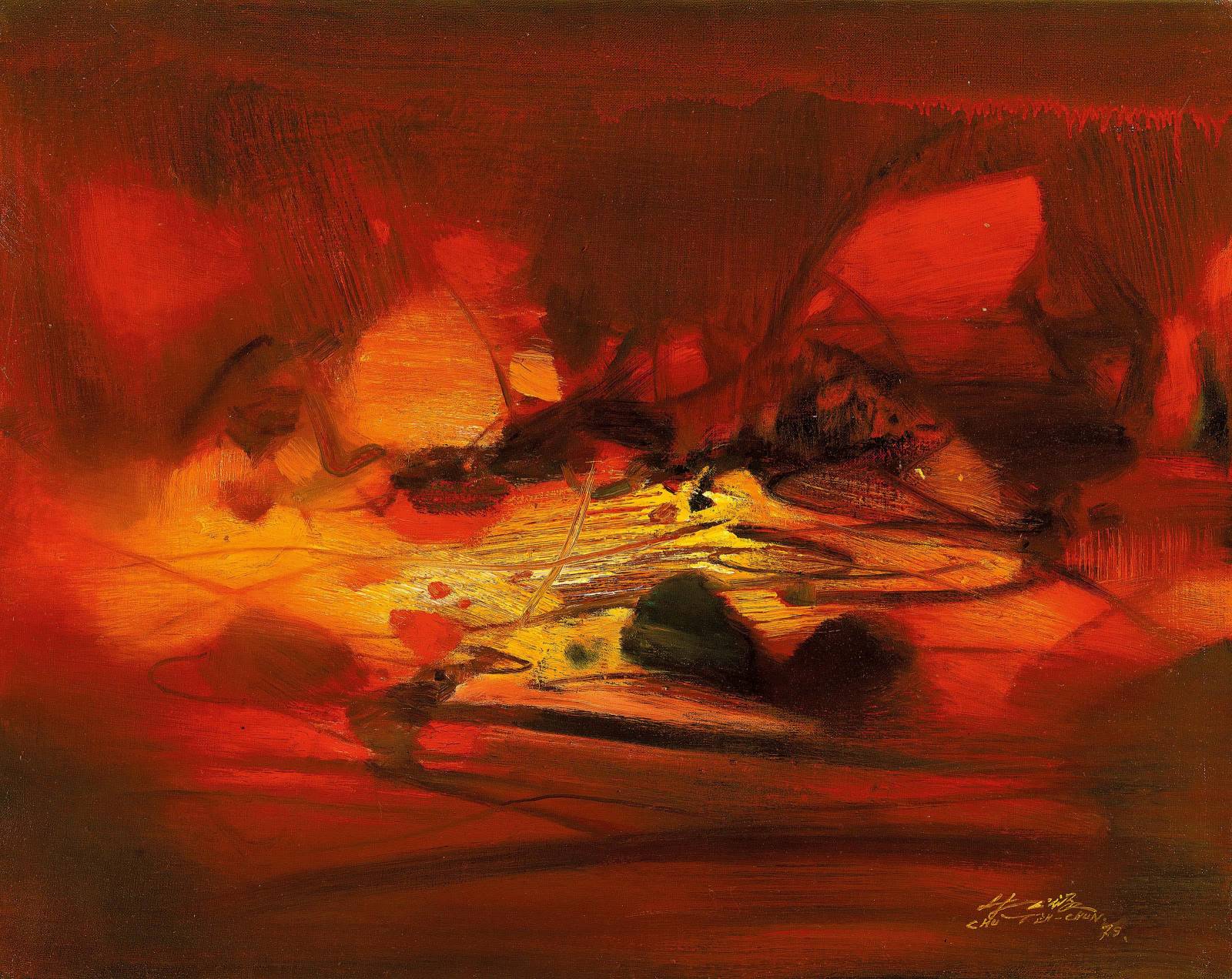
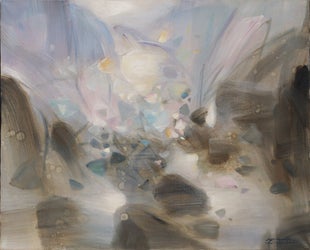
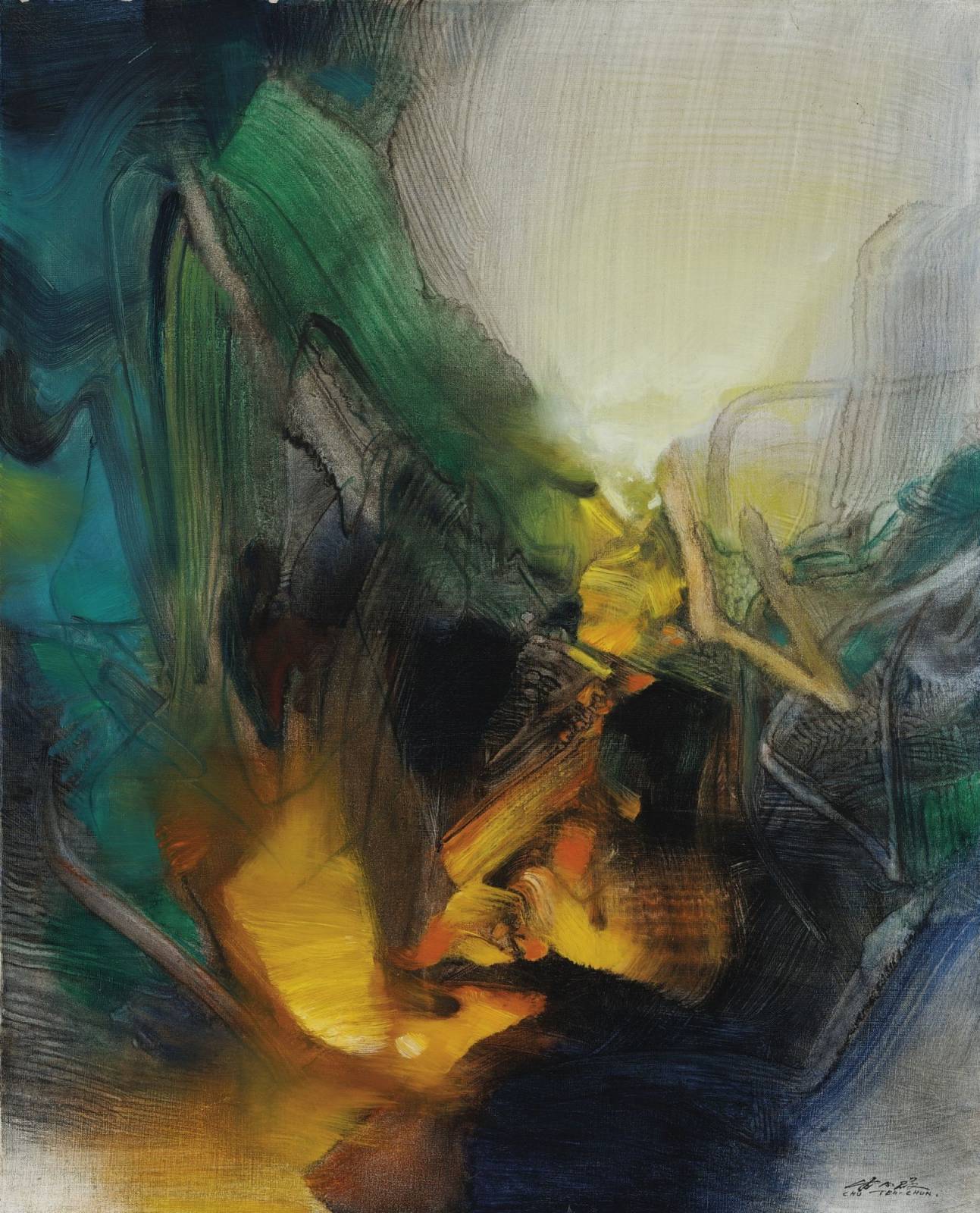
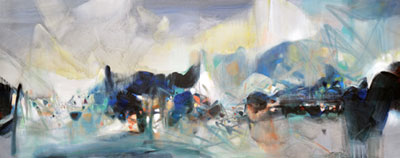
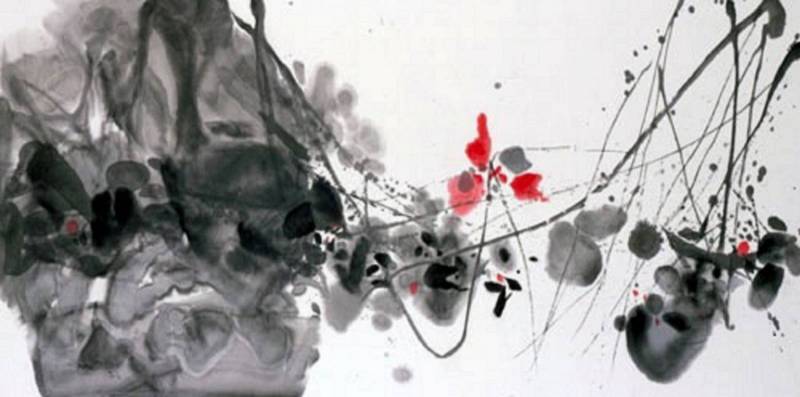
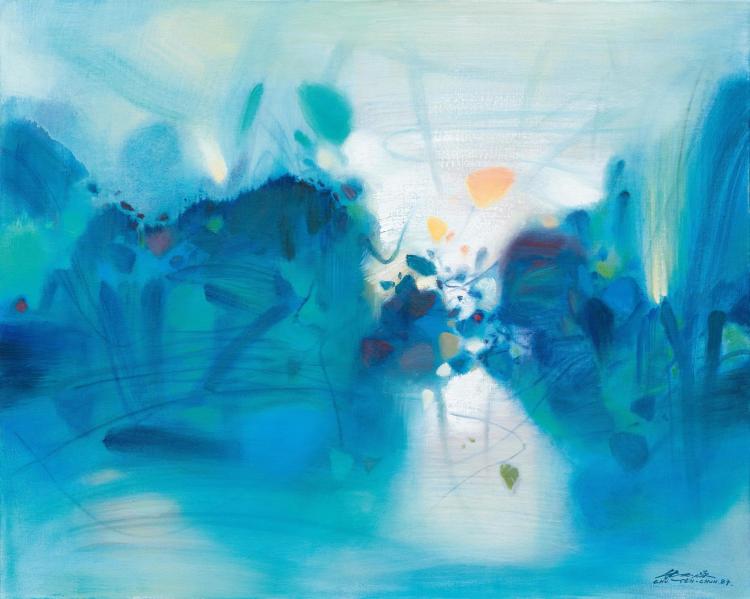
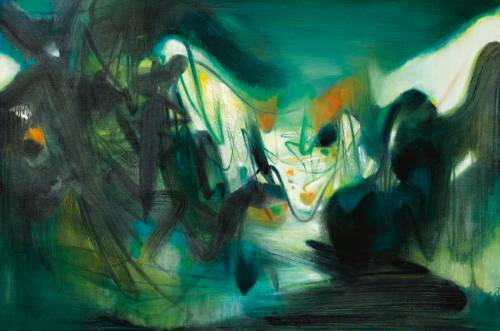

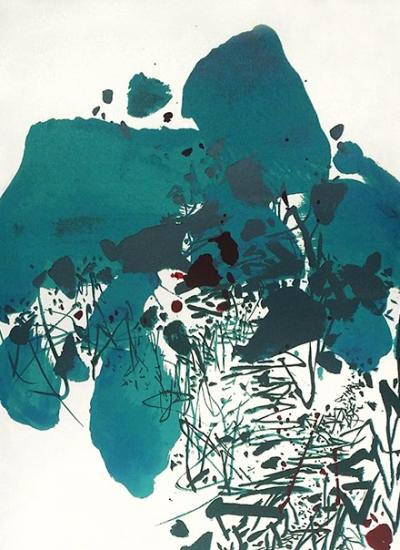
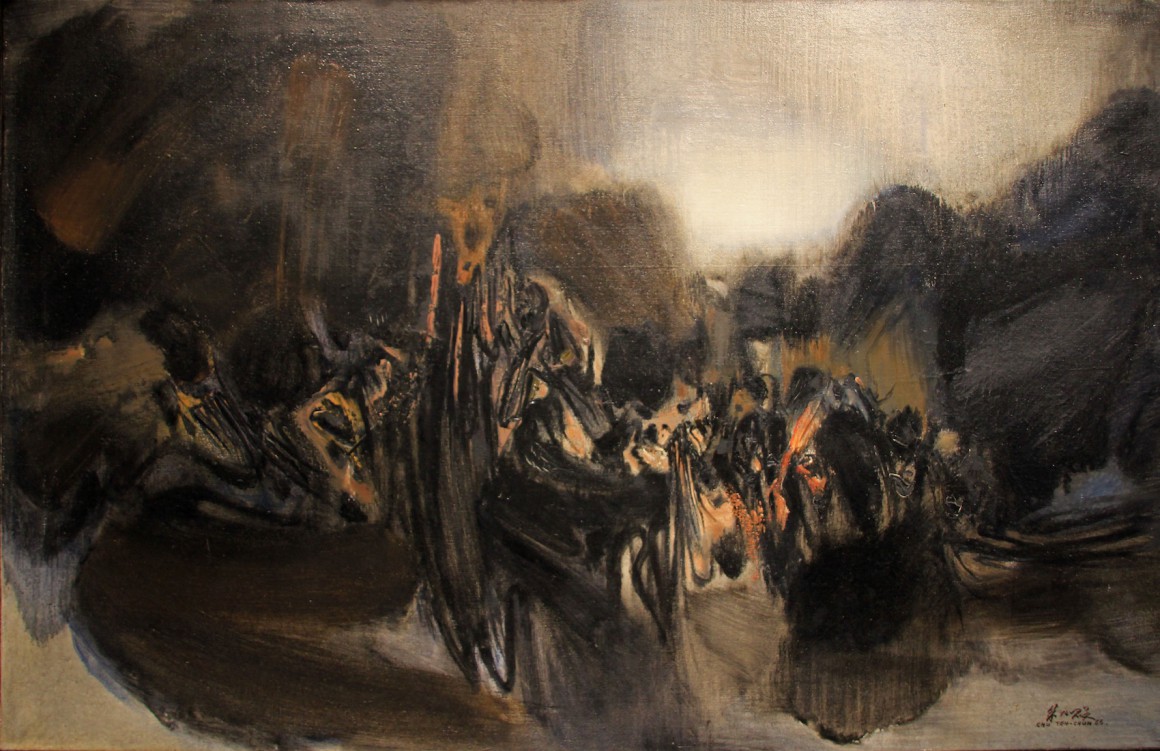
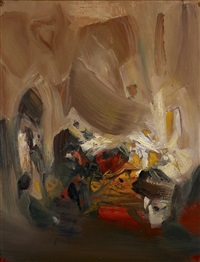
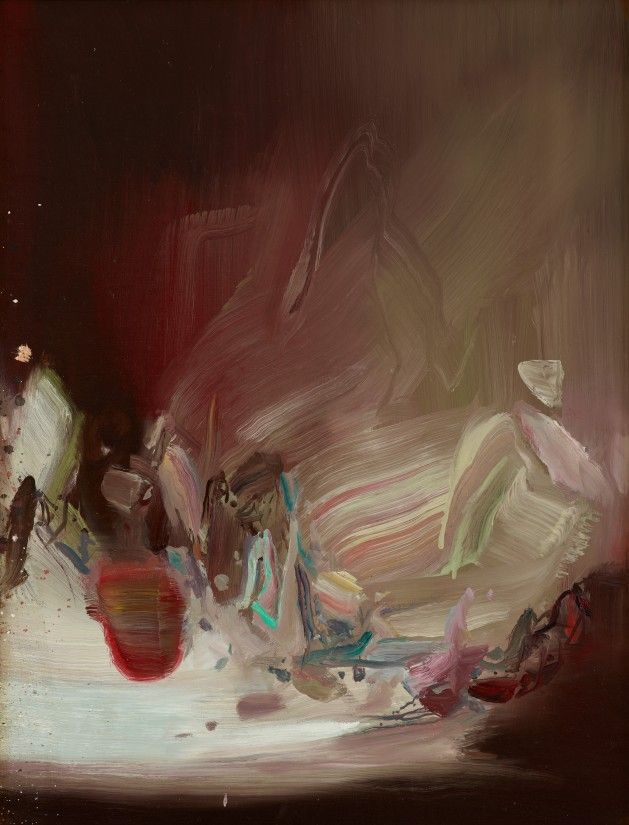
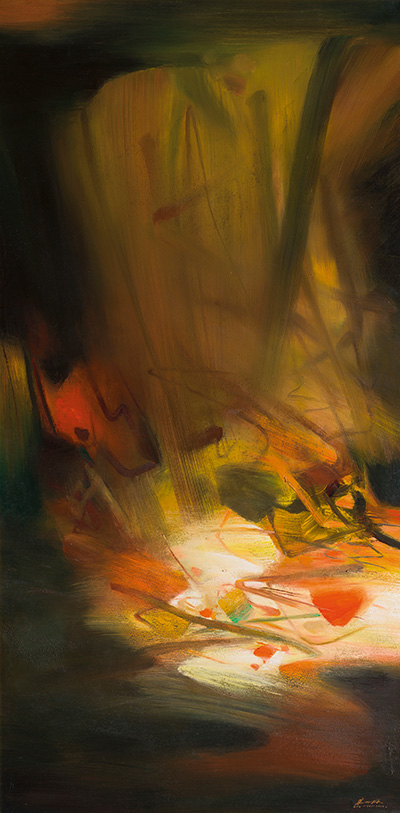
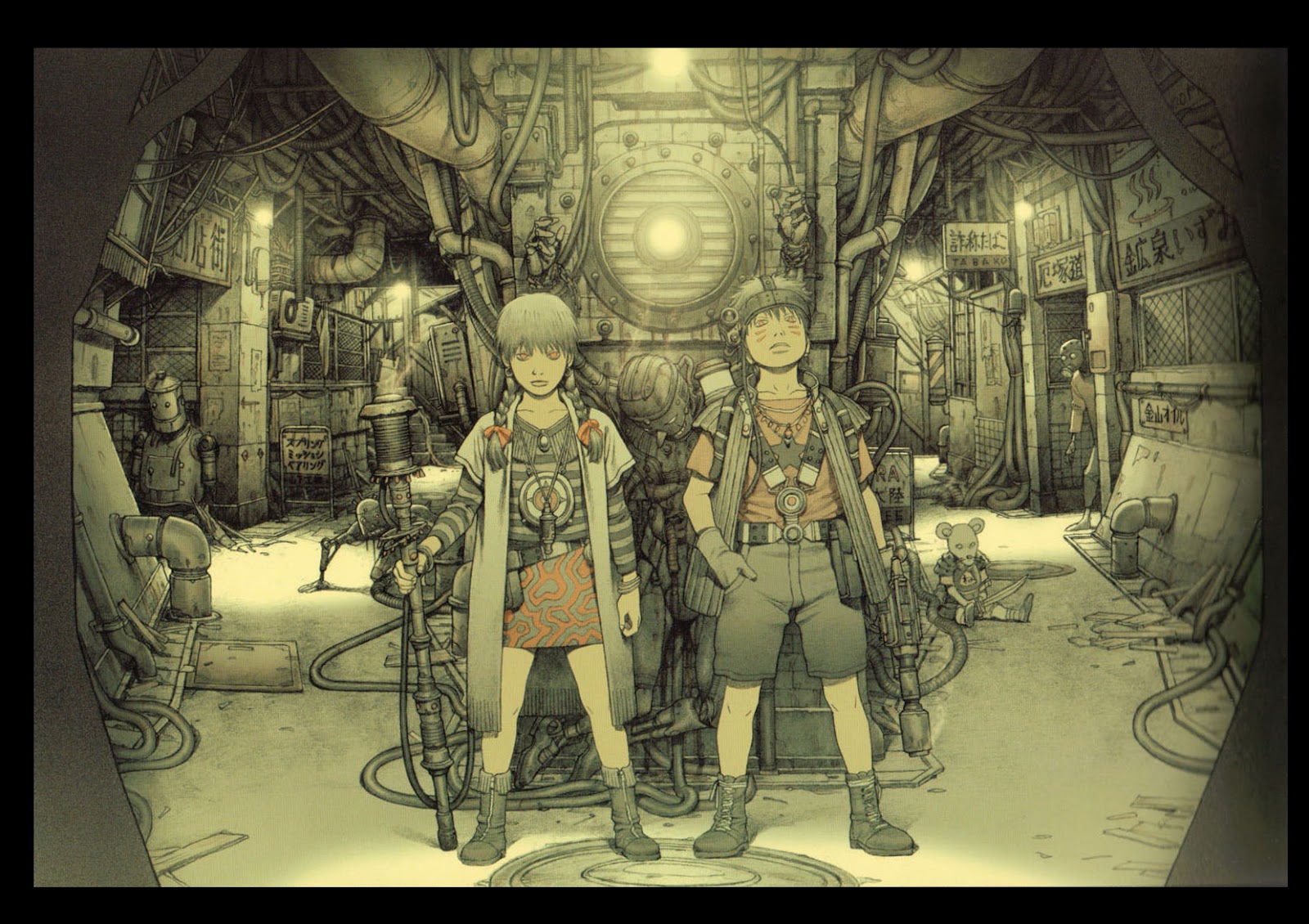
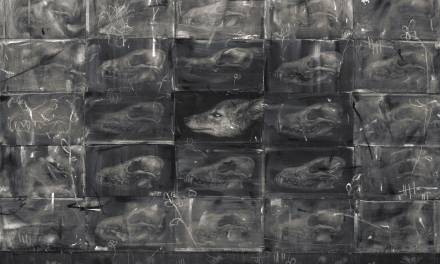
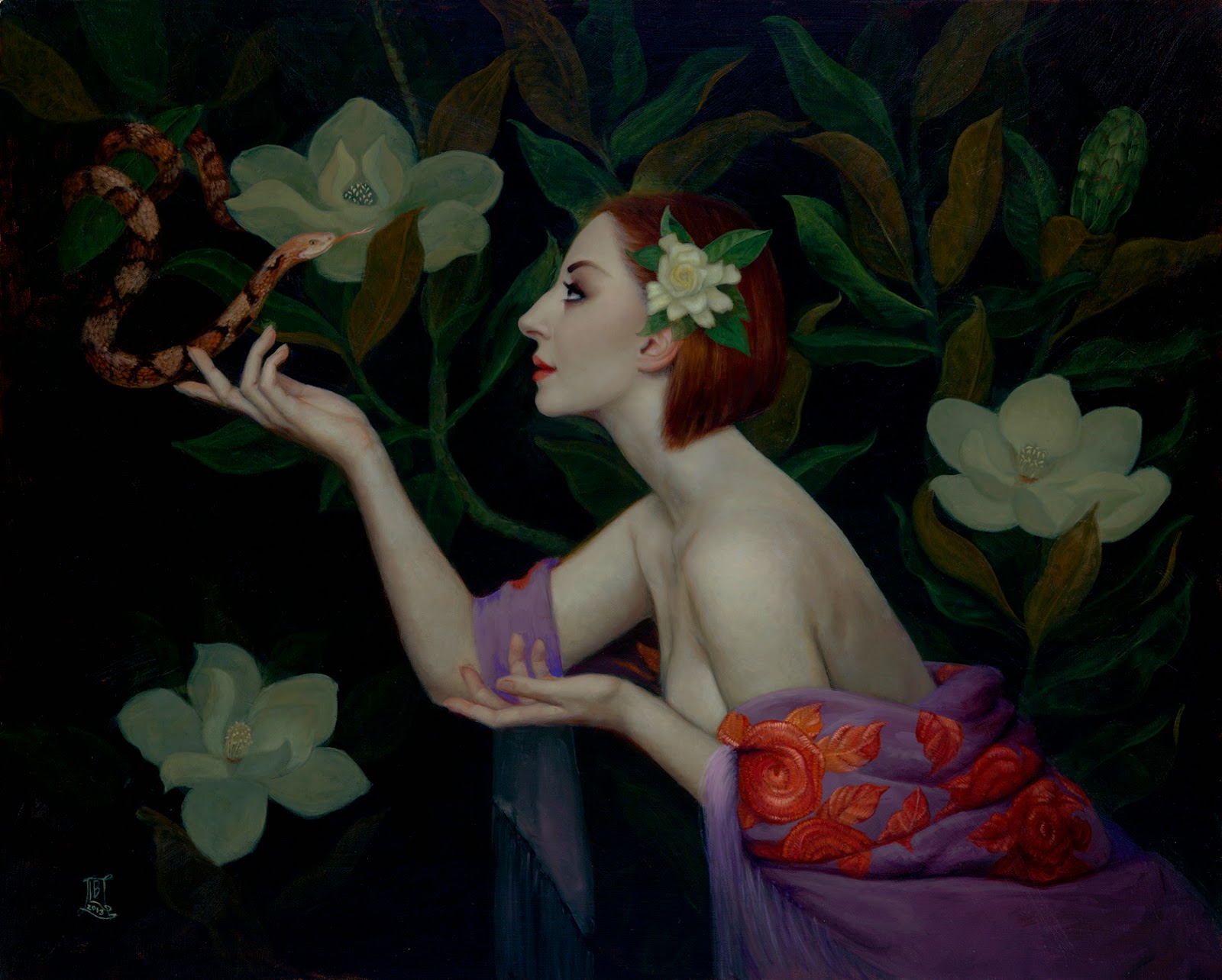
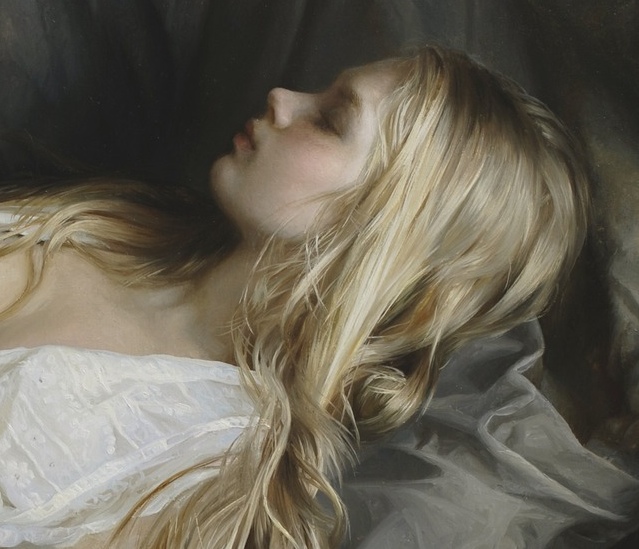

Chu Teh Chun was definitely the biggest inspiration on my illustration “So Foreign As I” in the series of paintings I did for The Left Hand Of Darkness. But I look at Chu Teh Chun’s work a lot for visual inspiration overall. Love it.
Thanks for this article! The idea of looking outside of your visual peers for inspiriation is a big deal that I really push for and think about quite a lot, but have difficulty articulating how to really get into it. This is great, and will hopefully have opportunities to share this in the future!
Holy Cow…those were some of the most beautiful pieces of art I’ve ever seen. I’m a generally realistic painter but I’ve always enjoyed Motherwell, Pollock and many others. But these artists you’ve highlighted just blew all those others away for now. I felt the urge to paint come over me. Art that makes me want to work harder is to me the highest compliment I can come up with.
I really liked the posts. It inspires me to create more. thanks
Interesting Stuff Mr Lemen.
I am a boarding artist, so this is all very interesting to me, will definitely be thinking on it. Thanks!